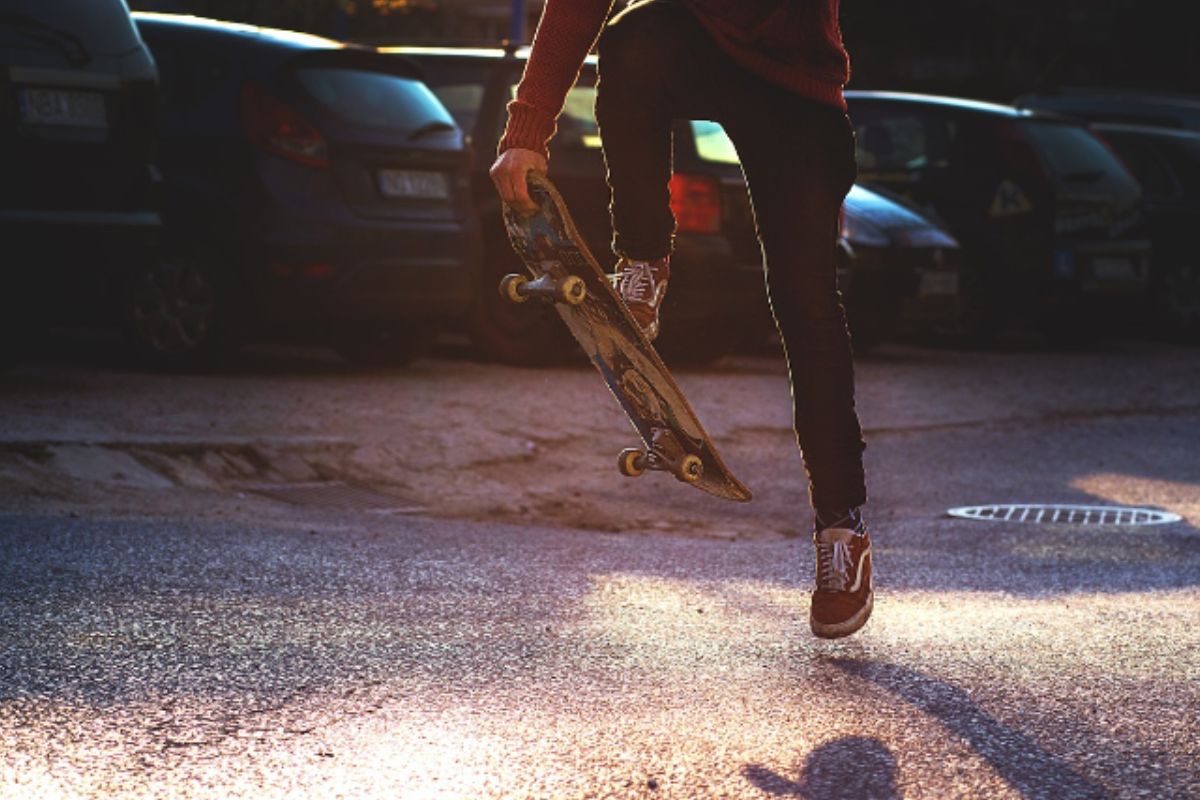In the concrete jungles and suburban landscapes, a cultural revolution silently gained momentum, shaping the streets and redefining the notion of urban expression. Emerging from the fringes of counterculture, skateboarding transcended its humble origins to become a global phenomenon, weaving its rebellious spirit into the fabric of contemporary society. This is the story of the rise of skateboarding, a vibrant subculture that transformed mere planks of wood on wheels into an emblem of freedom, creativity, and a lifestyle all its own. From the sun-soaked sidewalks of California to the bustling metropolises around the world, skateboarding has carved its unique path, leaving an indelible mark on the landscapes it graced and the hearts of those who dared to ride the rolling waves of asphalt. Join us as we navigate the asphalt rivers and ollie into the heart of the skateboarding revolution, exploring the passion, camaraderie, and sheer adrenaline that define this exhilarating ride.
Once a niche hobby for street rebels and counter-culture enthusiasts, skateboarding has become mainstream. Whether you are shopping for a new board or hitting online sales at Dihsan for the latest skater couture, adopting this casual trend is easier than ever before. Let’s take a closer look at skateboarding’s evolution from underground beginnings to a globally recognized phenomenon, focusing on its cultural and fashion impacts.
Table of Contents
Origins and Evolution
Skateboarding’s humble beginnings
In the 1950s and 60s, skateboarding emerged as an offshoot of surfing culture in California. It was a pastime for those who wanted to surf the streets. This period marked the genesis of a culture that spread globally. Skateboarding is a popular way for people to express themselves and stay active. It is also a big industry, with companies producing skateboards, gear to protect skateboarders and other accessories.
Skateboarding has become a part of popular culture, with movies and television shows featuring characters and scenes that involve skateboarding. It has become increasingly popular, with competitions held around the world. Skateboarding has also become a source of income for many people, with professional skateboarders making big money through sponsorships and competition winnings. Skateboarding has become an important part of the culture and many people’s lives, whether they participate as a hobby or make a living out of the sport.
The 70s and 80s: A cultural explosion
The 70s saw the birth of modern skateboarding with the invention of urethane wheels, allowing for smoother rides and the execution of tricks. Skate parks appeared, creating a space for skaters to gather and share techniques. The 80s brought a significant shift with street skating, moving from skate parks to urban landscapes.
In the decade of big hair and loudly colored clothing, a group of skaters from Venice Beach, known as the Dogtown and ZBoys groups, revolutionized the sport with their innovative street skating techniques. This shift popularized street skating and paved the way for modern skating culture. Street skating is now one of the most popular forms of skating and has inspired countless skateboarders.
Skateboarding in Mainstream Media
Skateboarding hits the silver screen
Films and TV shows in the 80s and 90s featuring skateboarding, such as “Back to the Future” and “Gleaming the Cube”, played a pivotal role in bringing skateboarding to a broader audience. These movies made skateboarding more popular and encouraged more people to take up the sport. They also provided a platform for skateboarders to showcase their talents and become well-known names. This helped to create a sense of community and identity among skateboarders, which still exists today. Skateboarding is now a global phenomenon, with millions of people worldwide practicing the sport.
Video games and popularity surge
The release of video games like “Tony Hawk’s Pro Skater” in the late 90s further popularized skateboarding, introducing it to a generation of youngsters who might never have picked up a skateboard. This led to a surge in skateboarding popularity, with more and more young people taking up the sport. Skateboarding is now seen as a lifestyle and a form of self-expression rather than simply a hobby.
Fashion and Skateboarding
Streetwear and skate brands
Skateboarding’s influence on fashion is undeniable. Brands like Vans, Thrasher, and Supreme have become fashion staples originally embraced by skaters for their durability and comfort. Their designs reflect skate culture’s rebellious, free-spirited nature. Streetwear has become increasingly popular in recent years and is now seen as a way to express one’s identity and style. Skate brands have become a symbol of modern youth culture and are increasingly desirable by the younger generations.
High fashion embraces skate culture
In recent years, high fashion has increasingly drawn inspiration from skateboarding. Runway shows feature skate-inspired clothing and luxury brands have collaborated with skate apparel companies, blurring the lines between high fashion and streetwear. This trend shows no sign of slowing down, with more high fashion brands incorporating skate culture into their products. This also allow the fashion world to tap into the skateboarder’s unique sense of style, creating a range of streetwear-inspired clothing, shoes, and accessories.
Skateboarding in the Olympics
A symbolic milestone
The inclusion of skateboarding in the 2020 Tokyo Olympics marked a significant moment in its journey to mainstream acceptance. This legitimized the sport globally and introduced it to a new audience, cementing its place in popular culture. This milestone was years in the making, as skateboarding has slowly gained recognition as a legitimate sport. The inclusion of skateboarding to the Tokyo Olympics gave it the stamp of approval and encouraged more people to take up the sport competitively.
The journey of skateboarding from the fringes to the mainstream is a testament to its enduring appeal and cultural significance. It has gone beyond its roots to influence fashion, the media, and sports globally. Skateboarding’s story is more than just a sport. It is a cultural movement that has challenged norms, influenced fashion, and inspired generations. As skateboarding progresses, it retains its core values of freedom, creativity, and rebellion, ensuring its relevance and impact for years to come.
















